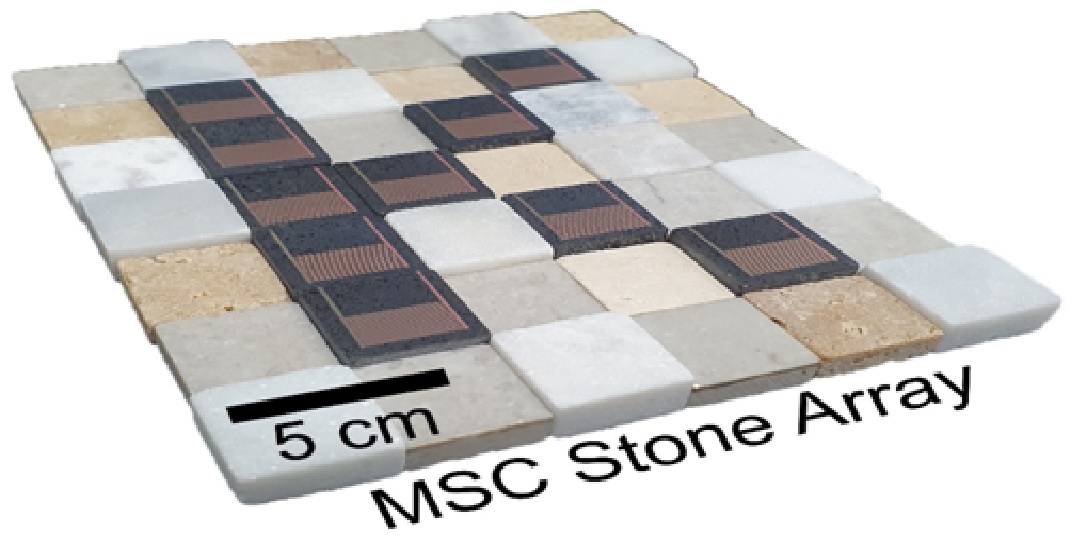Advancing Gallium-oxide for Semiconductor
Cornell engineers and materials scientists have added a state-of-the-art tool to their suite of laboratory equipment to help in the study of gallium oxide, a material commonly viewed as the heir apparent to silicon carbide and gallium nitride as the go-to semiconductor for many power electronics applications.
An Agnitron Agilis 100 metal-organic chemical vapor deposition (MOCVD) system began operating on June 30 in the Duffield Hall laboratory of Hari Nair, assistant research professor of materials science and engineering. It has been specifically calibrated to create thin films of gallium oxide, a semiconductor material prized for its ability to handle high voltages, power densities, and frequencies. Those attributes make it an ideal material for electric vehicles, renewable energy sources, and 5G communications, among other applications. [1]

Figure 1. Advancing Gallium-oxide for Semiconductor
Figure 1 shows gallium oxide (Ga2O3) is a material which has the potential to replace or substitute gallium nitride (GaN) in power conversion devices. One advantage of gallium oxide over gallium nitride (GaN) is its ability to be grown in bulk. Bulk gallium nitride, or even GaN thin films (GaN) tend to form structural defects which affect device performance. Gallium oxide (Ga2O3) can be used at a higher voltage resulting in increased efficiency. Some potential applications could be electric vehicles due to higher voltage transistors (for inverter or converter), electric trains which need super high-powered devices, and other applications outside of power conversion such gas sensors. [2]
“With this system, we can grow thin films on up to 2-inch-diameter substrates under widely tunable oxidation chemical potentials,” said Nair. “It also has a very high substrate temperature capability and we can heat the substrate up to 1,500 degrees Celsius. High substrate temperatures yield better quality films which is key for pushing the performance of electronic devices.”
Cornell has traditionally been a leader in compound semiconductor research. Lester Eastman, the late professor of electrical and computer engineering, made significant contributions to compound semiconductor-based electronics and photonics with research dating back to the 1960s. The materials science and semiconductor physics underlying gallium nitride electronics used in industry today were developed at Cornell under his supervision. In more recent years, Cornell faculty grew a single crystalline layer of alpha-aluminum gallium oxide that has the widest energy bandgap of all semiconductors to date. [3]
References:
- https://www.eletimes.com/advancing-gallium-oxide-for-semiconductor
- https://www.eag.com/blog/gallium-oxide-advances-in-the-semiconductor-industry/
- https://news.cornell.edu/stories/2022/07/mocvd-tool-advance-gallium-oxide-semiconductor-research
Cite this article:
Thanusri swetha J (2022), Advancing Gallium-oxide for Semiconductor, AnaTechMaz, pp.272















